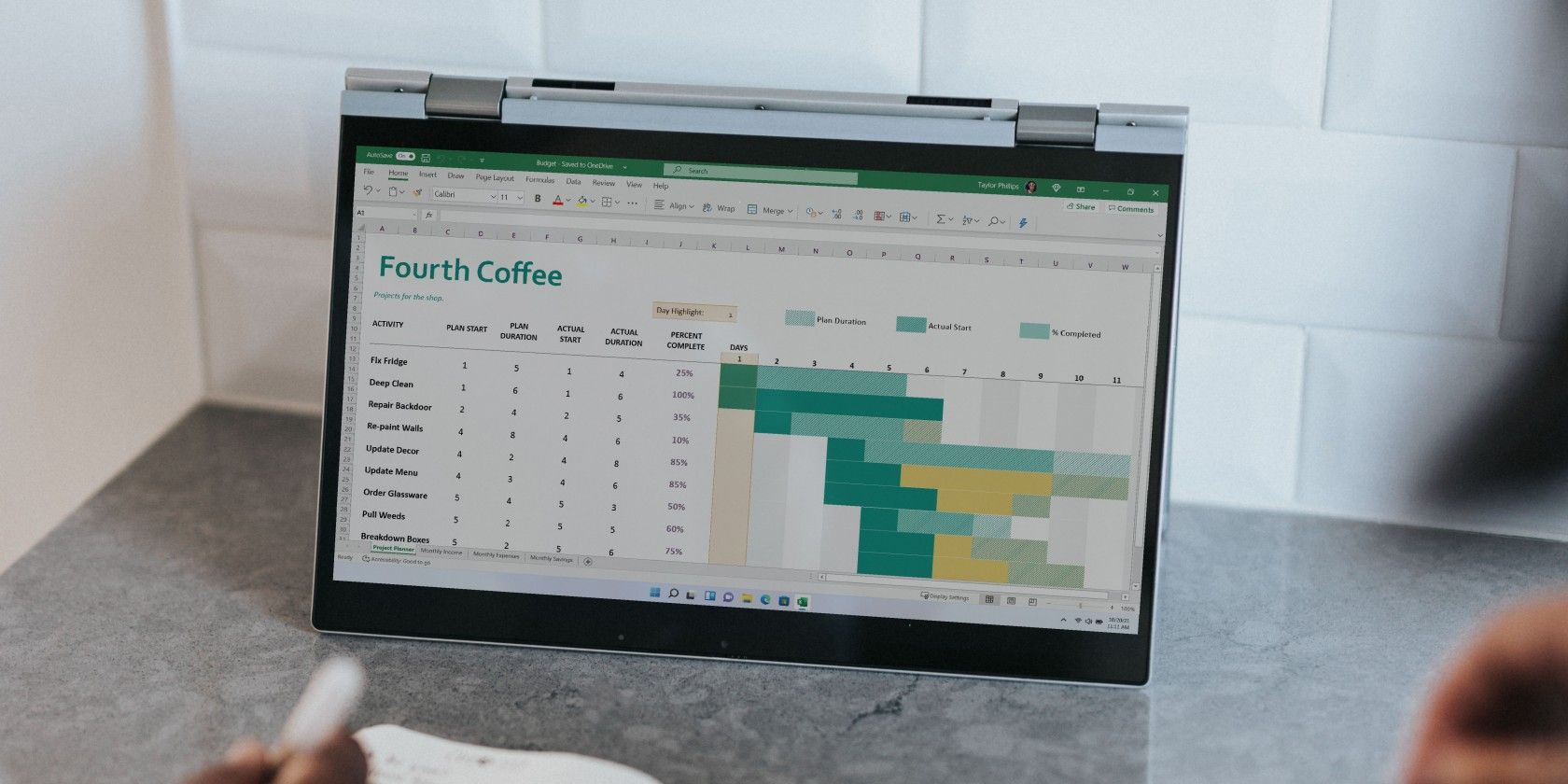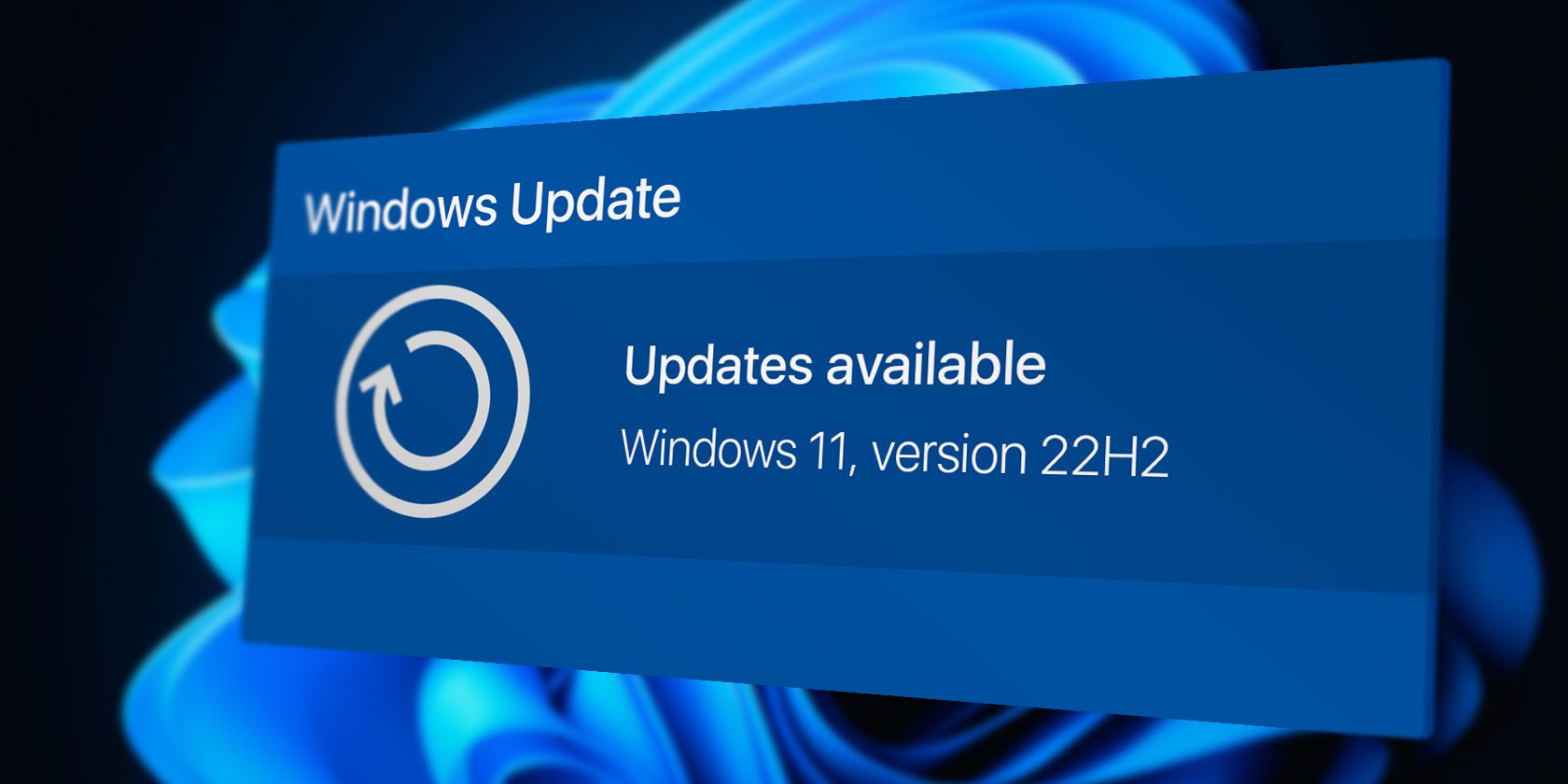Do you frequently consider the security of your data? You should.
Cybercrime now comes in different forms, and one of the most rampant is data manipulation fraud. This nasty attack can cause damaging consequences, ranging from the manipulation of individual financial records to the alteration of organizational records. So you must know how to protect yourself from being a victim of this fraud.
What Is Data Manipulation Fraud?
Imagine you are an employee at a coffee shop and have just discovered that some of your company's database data have been altered. Prices have been changed, product descriptions have been modified, and even entire products have been deleted. Your first thought is that this must be a mistake, but as you dig deeper, you realize that this is no accident. Someone, or a group of people, has deliberately tampered with the data to steal from the company or cause other damages from which they can gain.
Data manipulation is a type of fraud involving slight, secret, and sometimes continuous data changes to gain an advantage or deceive others. It can lead to significant security risks for organizations, as malicious actors can use it to commit financial fraud, steal intellectual property, and damage reputations, among other things.
Data manipulation fraud is not an innocent or simple mistake. It is also not to be confused with data breaches that only involve unauthorized data access and no alteration. It is a form of cyberwarfare, where instead of deleting or leaking data, the attackers slowly tweak your data so that you make wrong strategic decisions.
Why Do People Engage in Data Manipulation?
As serious of a crime as data manipulation is, people still engage in it. Reasons vary from theft to sheer maliciousness.
Most occurrences of data manipulation fraud are by malicious entities seeking to wreak havoc on a business' integrity. Some even take it a step further and seek to disrupt business operations by altering important data or launching a distributed denial-of-service (DDoS) attack.
Sometimes, people engage in data manipulation for financial gain. They can alter financial records, steal credit card details, inflate figures, hide unfavorable outcomes, or mask embezzlement.
Typically, personal gain, revenge, data theft, and financial gain are the reasons people engage in data manipulation.
How Can You Avoid Being a Victim of Data Manipulation?
Like other cybercrime, there are steps you can take to avoid becoming a data-manipulation victim.
1. Use Protective Software
Some software can detect and prevent unauthorized access to your systems. These range from powerful antivirus software to intrusion detection systems. These kinds of software especially come in handy when a lot of data, such as that of a business, is involved.
2. Make Use of Authentication Systems
Implementing a two-factor or multi-factor authentication system to access files is another good way of protecting your data from vicious attacks such as data manipulation. This is especially useful when several people have access to editing or inputting more values into the database.
3. Encrypt Your Sensitive Data
Encryption helps to minimize unauthorized access. Using strong, unique passwords for all your accounts and regularly changing them ensures your data is handled correctly.
Sensitive data like financial records can be encrypted in storage and transmission, making it near impossible for a fraudster to mess with your files.
4. Stay Up-to-Date with the Latest Updates
After putting intrusion-detection and antivirus software in place, keep your software and systems updated to protect against known vulnerabilities. It also helps to back up the data regularly, especially before and after updates. This way, you can spot even minimal changes to the data. Just ensure you store the backups in a secure location.
5. Pinpoint Tampering Using Hash Functions and Digital Signatures
One common method to detect data manipulation is to use a checksum or hash function to create a unique value for the original data. You can then store and compare the unique date to the value of the data at a later time to detect any changes.
Another method is using digital signatures, which add a secure digital signature to each piece of data. This signature is constructed using a private key and verified using a corresponding public key. If there is any data tampering, the signature will no longer match, detecting foul play.
6. Review Your System Activity Logs for Unusual Behavior
It is not enough to implement strict access controls; you should also monitor your system activity. After limiting access to sensitive data to only those who need it for their job, monitor access to that data.
With the myriad of available monitoring software, you don't have to do it manually. This saves you from having to do laborious, error-riddled work. All you have to do is regularly review system activity logs to detect any unusual behavior.
7. Learn the Basics of Data Security
Whether for yourself or your business, gaining knowledge on data manipulation is crucial. You should also be trained on data security and access management protocols, even on a fundamental level.
If you have employees, educate your employees on data security and the importance of protecting sensitive information. This goes a long way to reduce the likelihood of facing either internal or external threats.
How Can You Avoid Being Accused of Data Manipulation?
Don't be entangled in what might resemble data manipulation. It is important to keep detailed records of your data collection and analysis methods, including any changes made during the gathering or inputting of data. Cautiousness is crucial when dealing with data.
To avoid being accused of data manipulation, following the best data security and privacy practices, including correctly securing data, monitoring systems for suspicious activity, and being aware of relevant laws and regulations, is essential. Maintaining transparency and being cautious when working with data is also essential.
Prevention Is Easier than Recovery
Data manipulation is a serious issue with severe consequences, but it doesn't have to be all doom and gloom. By using protective software and other security measures, you can protect your data and rest assured, knowing that it is safe and secure.
So ensure you do all you can to keep your data safe and sound, and proclaim to data manipulators everywhere: "You can't touch this!"




